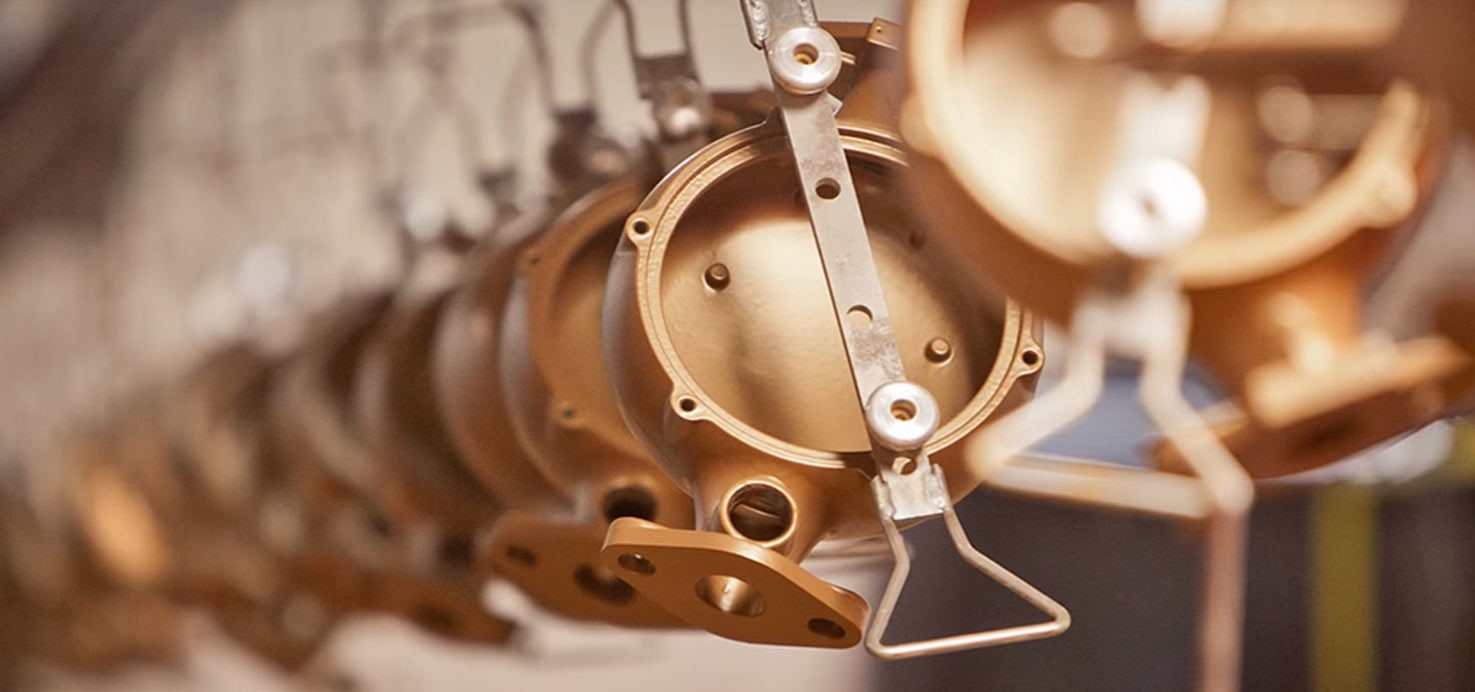Metal spray coating has benefited from spectacular engineering advances over the years. Here are four major advances that have changed the industry.

1-Thermal Plasma Spray
In the thermal plasma spray technique, the powdered coating material is exposed to a high temperature plasma flame. The plasma flame melts the powder into droplets that can be evenly deposited onto a surface in a thin layer. The resulting coat is resistant to oxidation, corrosion, and general wear and tear.
Plasma spraying was developed during the 1950s. This process is now used widely in the automotive, medical, aerospace and petrochemical industries.
2-Dry Processes
Usually, spraying uses paints that contain liquid solvents. Now, there is demand for dry processes in the metal coating industry. Dry coating involves applying powder with an electrostatic gun. The surface is then cured with infrared heating or in an oven. The dry powder technique has sustainability advantages. It does not produce the toxic byproducts associated with solvents. This holds huge potential, particularly in the battery industry and in other industries which are subject to increasing scrutiny for their environmental impact and sustainability.

Indeed, the industry as a whole is keen to lower its environmental impact given that its air emission limits are heavily regulated in the UK.
3-Nanocomposites
Scientists have found ways to devise new hard coatings with superior performance. Nanocomposites offer better thermal stability and oxidation resistance than traditional polycrystalline materials. These materials can be used with the plasma deposition technique used in thermal plasma spray. One example of a new structured nanocomposite coating is one that that blends metal and diamond to offer hardness, toughness, and strength.
4-Anodic powders
Anodic powders are a more environmentally friendly alternative to traditional anodising, an electrochemical process. In anodising, a material is dipped into an acid electrolyte bath and an electric current is applied. It gives the aluminium (or magnesium or titanium) surface an anodic oxide finish. The final finish results from a chemical reaction between the aluminium (or other metal) and the charged particles. This means a long-lasting finish layer that cannot chip away.
The limited colour choice and expense of anodising had led some to opt for anodic powders instead. These have few volatile compounds and produce little hazardous waste. It is a dry paint which means it can be applied without running for an even finish.




